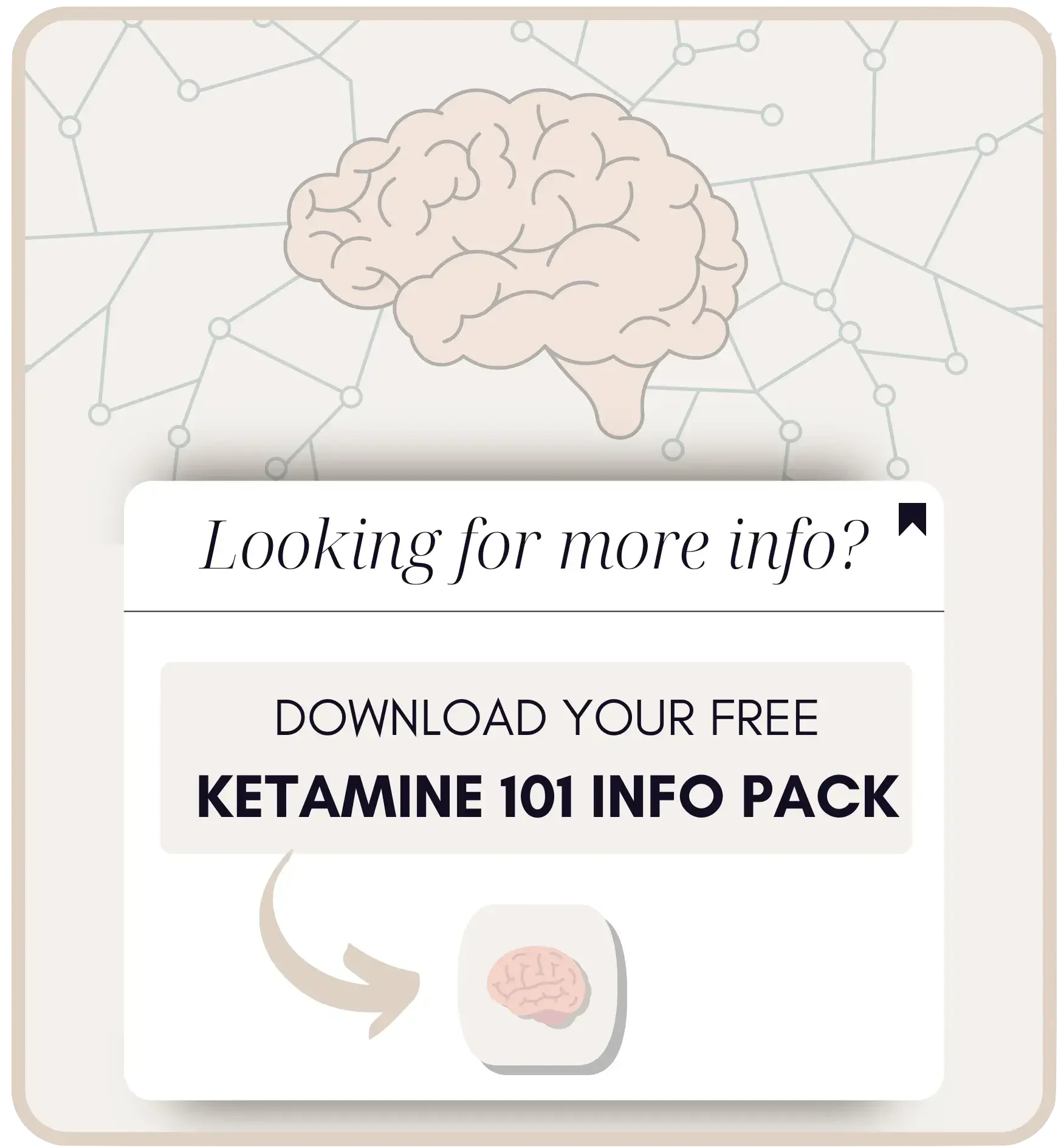Psychedelic Therapy:
A Bright Future in Alternative Healing
A Glimpse into the Past: Psychedelics in Therapy
Historically, psychedelic substances have been revered for their healing and spiritual properties. The 20th century saw a surge of interest, only for it to be overshadowed by societal stigmas[^1^]. However, the 21st century heralds a new dawn for psychedelic therapy, with it being recognized as a potent form of alternative therapy[^2^].
The Psychedelics: Pioneers of Alternative Therapy
Ketamine
Originally developed as an anesthetic, Ketamine has recently gained attention for its rapid-acting antidepressant effects. Unlike traditional antidepressants, which can take weeks to show effects, Ketamine can produce significant improvements in mood within hours. Research suggests that Ketamine’s effects are mediated through its action on the glutamatergic system, promoting neuroplasticity and neural regeneration. [^6^] If you’re interested in participating in Ketamine Assisted Psychotherapy, you’re in the right place! Click here to learn about our process, and see how you may be eligible for Ketamine Assisted Psychotherapy at Mind by Design .
psilocybin
Psilocybin, the active compound in magic mushrooms, has been used for centuries in indigenous cultures for spiritual and healing purposes. Modern research has begun to uncover its profound therapeutic potential. Clinical studies have shown that psilocybin can produce significant and lasting reductions in depression and anxiety symptoms, especially in individuals with life-threatening cancer diagnoses [^3^]. Its ability to induce a mystical or spiritual experience is believed to play a crucial role in its therapeutic effects.
LSD (Lysergic acid diethylamide)
LSD, commonly known as acid, has been a subject of interest in the realm of psychiatry since its discovery in the 1930s. Historically, it was used in psychotherapy to enhance the therapeutic process, often termed as “psychedelic therapy” [^16^]. Recent studies have shown that LSD can induce a state of heightened introspection, which can be beneficial in addressing deep-seated emotional and psychological issues. Clinical trials have indicated its potential in treating conditions like anxiety, depression, and even substance addiction [^17^].
DMT (Dimethyltryptamine)
DMT, a naturally occurring psychedelic compound, is the primary active ingredient in Ayahuasca. However, when used on its own, DMT produces a short but intense psychedelic experience. Recent research has begun to explore the therapeutic potential of DMT, with preliminary studies suggesting it may be effective in treating conditions like depression and anxiety. Its ability to induce powerful mystical experiences may play a role in its therapeutic effects [^7^].
Ayahuasca
Ayahuasca, a brew made from the Banisteriopsis caapi vine and the Psychotria viridis leaf, has been used for centuries in Amazonian shamanic rituals. Modern interest in Ayahuasca has grown due to its potential therapeutic effects, particularly for depression and substance addiction. Preliminary studies suggest that Ayahuasca can produce rapid and sustained improvements in mood and can help facilitate introspection, allowing individuals to confront and address personal issues [^6^].
MDMA (Ecstasy)
MDMA, often associated with the party drug “Ecstasy”, is showing promise as a potent therapeutic tool. Unlike traditional psychedelics, MDMA is an empathogen, meaning it can induce feelings of empathy and closeness. This makes it particularly effective in psychotherapeutic settings, especially for individuals with PTSD. Clinical trials have demonstrated that when combined with therapy, MDMA can produce significant reductions in PTSD symptoms, with some patients even achieving remission [^5^].
The Healing Mechanisms of Psychedelic Therapy
Neuroplasticity: The Brain's Renaissance
Psychedelics, like LSD and psilocybin, have been found to enhance neuroplasticity, fostering new neural connections. This is pivotal in breaking patterns seen in conditions like depression[^7^].
Ego Dissolution: A Therapeutic Breakthrough
A hallmark of psychedelics is the experience of “ego dissolution”. This phenomenon can catalyze significant therapeutic insights, offering a fresh perspective on entrenched challenges[^8^].
Addressing Mental Health Through Psychedelic Therapy
Depression
With the limitations of conventional treatments, psychedelic therapy offers a ray of hope for those battling depression[^9^]. Treatment resistant depression has been researched for decades, and there is promising evidenced of the efficacy of the use of Ketamine for Depression
Anxiety & Other Disorders
Both LSD and psilocybin are being explored for their potential in treating various anxiety disorders, showcasing the versatility of psychedelic therapy[^11^]. More recently, studies and trials using ketamine have shown promising results in the treatment of anxiety and OCD.
PTSD (Post-Traumatic Stress Disorder)
MDMA-assisted therapy has shown promise in alleviating PTSD symptoms, offering a fresh approach to a challenging condition[^10^]. PTSD is a complex mental health issue, however, research and trials have allowed for some major progression in treatment approaches.
References:
- Grob, C. S. (1998). Psychiatric research with hallucinogens: What have we learned? Yearbook for Ethnomedicine and the Study of Consciousness, 6/7, 91-112.
- Nichols, D. E. (2004). Hallucinogens. Pharmacology & Therapeutics, 101(2), 131-181.
- Ross, S., Bossis, A., Guss, J., Agin-Liebes, G., Malone, T., Cohen, B., … & Su, Z. (2016). Rapid and sustained symptom reduction following psilocybin treatment for anxiety and depression in patients with life-threatening cancer: A randomized controlled trial. Journal of Psychopharmacology, 30(12), 1165-1180.
- Carhart-Harris, R. L., Bolstridge, M., Rucker, J., Day, C. M., Erritzoe, D., Kaelen, M., … & Taylor, D. (2016). Psilocybin with psychological support for treatment-resistant depression: An open-label feasibility study. The Lancet Psychiatry, 3(7), 619-627.
- Mithoefer, M. C., Wagner, M. T., Mithoefer, A. T., Jerome, L., & Doblin, R. (2013). The safety and efficacy of ±3,4-methylenedioxymethamphetamine-assisted psychotherapy in subjects with chronic, treatment-resistant posttraumatic stress disorder: The first randomized controlled pilot study. Journal of Psychopharmacology, 25(4), 439-452.
- dos Santos, R. G., Osório, F. L., Crippa, J. A., Riba, J., Zuardi, A. W., & Hallak, J. E. (2016). Antidepressive, anxiolytic, and antiaddictive effects of ayahuasca, psilocybin and lysergic acid diethylamide (LSD): A systematic review of clinical trials published in the last 25 years. Therapeutic Advances in Psychopharmacology, 6(3), 193-213.
- Carhart-Harris, R. L., & Goodwin, G. M. (2017). The therapeutic potential of psychedelic drugs: Past, present, and future. Neuropsychopharmacology, 42(11), 2105-2113.
- Nour, M. M., Evans, L., Nutt, D., & Carhart-Harris, R. L. (2016). Ego-dissolution and psychedelics: Validation of the ego-dissolution inventory (EDI). Frontiers in Human Neuroscience, 10, 269.
- Griffiths, R. R., Johnson, M. W., Carducci, M. A., Umbricht, A., Richards, W. A., Richards, B. D., … & Klinedinst, M. A. (2016). Psilocybin produces substantial and sustained decreases in depression and anxiety in patients with life-threatening cancer: A randomized double-blind trial. Journal of Psychopharmacology, 30(12), 1181-1197.
- Mithoefer, M. C., Mithoefer, A. T., Feduccia, A. A., Jerome, L., Wagner, M., Wymer, J., … & Doblin, R. (2018). 3,4-methylenedioxymethamphetamine (MDMA)-assisted psychotherapy for post-traumatic stress disorder in military veterans, firefighters, and police officers: A randomised, double-blind, dose-response, phase 2 clinical trial. The Lancet Psychiatry, 5(6), 486-497.
- Gasser, P., Kirchner, K., & Passie, T. (2015). LSD-assisted psychotherapy for anxiety associated with a life-threatening disease: A qualitative study of acute and sustained subjective effects. Journal of Psychopharmacology, 29(1), 57-68.
- Labate, B. C., & Cavnar, C. (2014). The therapeutic use of ayahuasca. Springer.
- Frecska, E., Bokor, P., & Winkelman, M. (2016). The therapeutic potentials of ayahuasca: Possible effects against various diseases of civilization. Frontiers in Pharmacology, 7, 35.
- Johnson, M. W., Garcia-Romeu, A., & Griffiths, R. R. (2017). Long-term follow-up of psilocybin-facilitated smoking cessation. The American Journal of Drug and Alcohol Abuse, 43(1), 55-60.
- Bogenschutz, M. P., & Johnson, M. W. (2016). Classic hallucinogens in the treatment of addictions. Progress in Neuro-Psychopharmacology and Biological Psychiatry, 64, 250-258.
- Liechti, M. E. (2017). Modern clinical research on LSD. Neuropsychopharmacology, 42(11), 2114-2127. Retrieved from https://www.ncbi.nlm.nih.gov/pmc/articles/PMC4592308/
- Alcohol and Drug Foundation. (2020). LSD as a therapeutic treatment. Retrieved from https://adf.org.au/insights/lsd-therapeutic-treatment/
- Zanos, P., & Gould, T. D. (2018). Mechanisms of ketamine action as an antidepressant. Molecular Psychiatry, 23(4), 801-811. Retrieved from https://link.springer.com/article/10.1007/s40263-019-00661-5
- Medical News Today. (2017). DMT: Effects, facts, and health risks. Retrieved from https://www.medicalnewstoday.com/articles/306889






